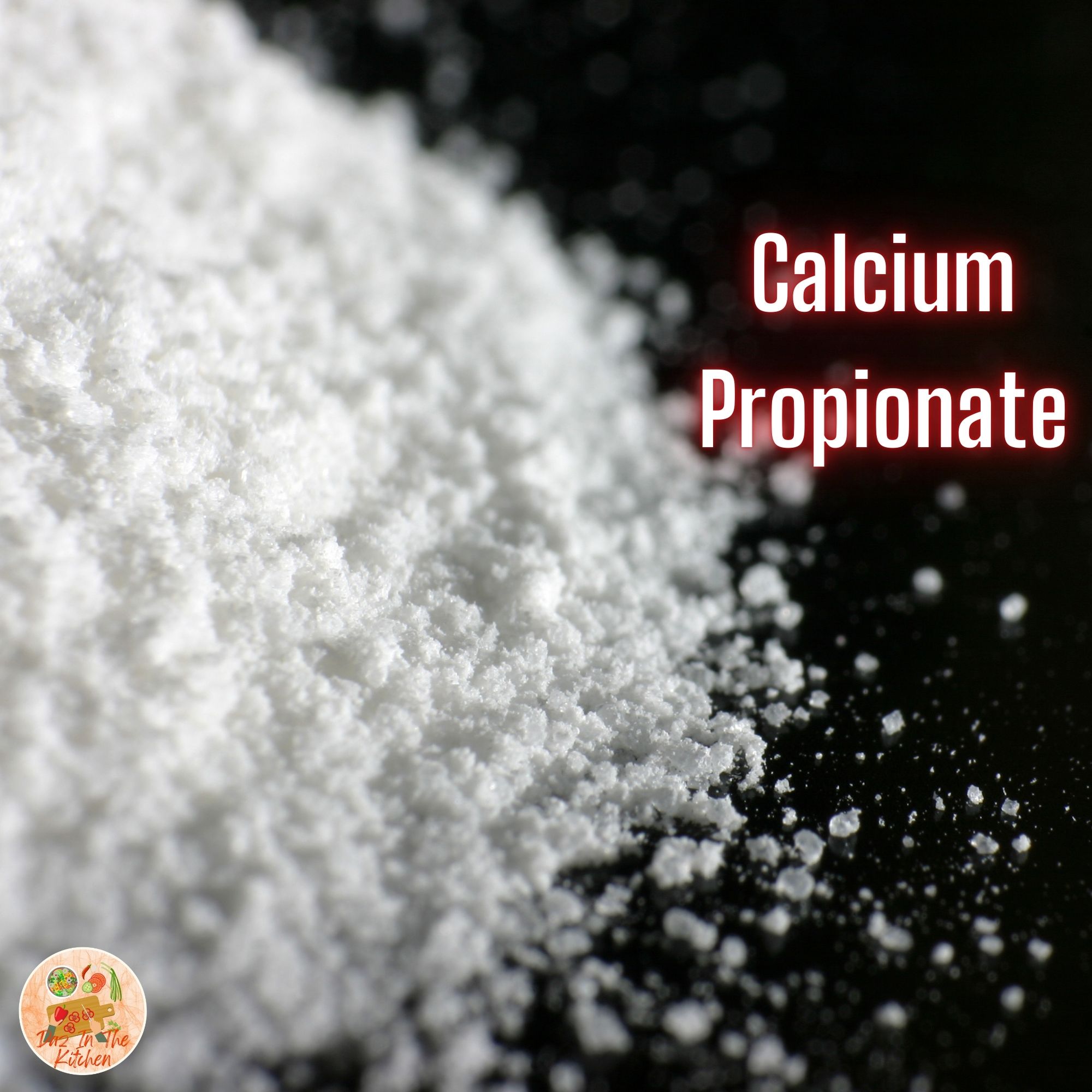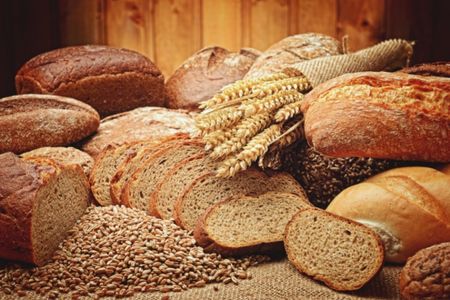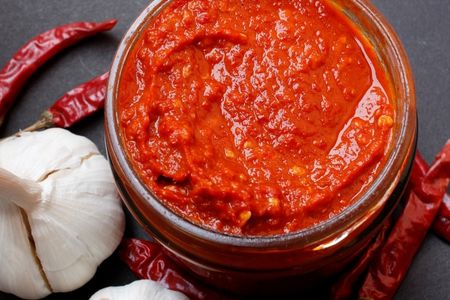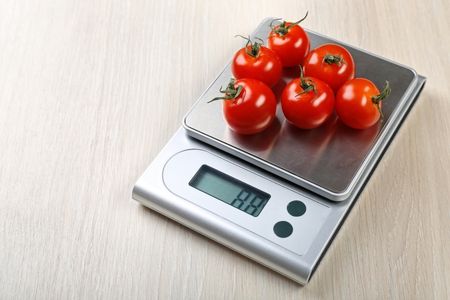
I have been looking for
something to extend the shelf life of my sauces and came
across calcium
propionate. It's predominantly found in breads and baked goods as a
preservative to inhibit or slow down the growth of mold and prevent
spoilage, but can also be used in dairy, beverages, alcoholic drinks, and
processed meats. It is also used in sauces, jellies, and jams, etc.
I know I can use things
like vinegar and citric acid too, but as I've discovered, some people are
allergic to vinegar (much to my surprise) and wanted an alternative.
There is a lot of
information regarding calcium propionate and you can find a lot from blog
posts to scientific articles. Some articles I read when I researched are here, here, here, and here. And of course, we can't leave out Wikipedia.
According to this article, which is well sourced:
And most importantly:

Most of the information I found online was about baking bread and how
to use it with bread. I was specifically looking for how to use it
in sauces.
I found a seller on eBay (there are many) and bought some. After it
arrived, I messaged the guy I bought it from to ask if he knew the correct
proportions to use it in sauce, and he kindly responded with the amount I
needed to use. In. A. Sauce.
According to Wikipedia, you use 0.1 to 0.4% of calcium propionate in
bread, I assume to whatever amount of flour. There was also a bunch of
scientific talk that I did not understand. I could kind of calculate how
that translated into the amount to use in a sauce too, but I did not know
the actual way to use it. Mixing into dry powder is different from mixing
into a wet liquid.

So according to the eBay seller who explained it to me in terms that *I*
could understand, he basically said that I needed 3 to 5 grams of
calcium propionate per litre of sauce. He also said that it will
dissolve easily in water whether hot or cold. And if the sauce is very
thick, I could dissolve the calcium propionate in a little water, and then
add it to the sauce.
That was exactly the instruction I was looking for. Something I could
understand and apply.
- Use 3 to 5 grams of calcium propionate in 1 litre of sauce.
- Dissolve in water and mix through if the sauce is thick.
If you have more or less than 1 litre of sauce, adjust proportionately.
I'd use a scale to weigh out the 3 to 5 grams before using it to ensure
that you are as accurate as possible.

That's it. Easy peasy. Heh, even I can do that.
I hope this helps someone. I'm sure I'm not the only one who wants to
use it in sauce rather than bread.
A small disclaimer: I do not claim to be any sort of expert on the product. I'm just a home user who wants to extend the shelf life of some sauces I'm making. If you have any concerns, do your own research and due diligence, or seek out an expert to speak to. Especially if you are sensitive to different ingredients and preservatives, or have food allergies. Don't take chances experimenting with something that could have an adverse effect on you if you are at risk.
Find Deanna around SOCIAL MEDIA:
No comments:
Post a Comment